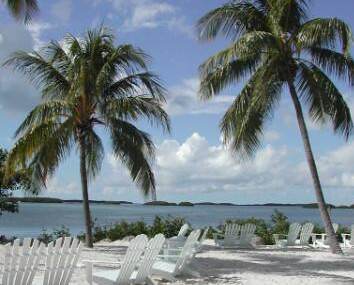(
An occasional reminiscence on the events of 1968)
(
See the posts in chronological order)
A few days after the election, as the reality of Nixon's election sunk in, Washington Post cartoonist Herb Block ran his 'free shave' cartoon: it depicted his studio, with a barber pole outside a window, and a sign on the wall: "
This shop gives to every new president of the United States a free shave. H. Block, proprietor." A shaving mug and brush stood on the desk next to post of pens and bottles of ink. (For those who don't remember, Herblock's depictions of Nixon had long featured a thuggish dark-bearded character. During the campaign, Post editor Russ Wiggins had sent Block a razor with a poem asking 'Give that man a shave'. Block's response: "
He's shaved with new Gillettes 'n' Shicks 'n' Still he is the same old Nix'n.")
One happy result of the election: Shirley Chisholm of New York was elected to Congress, the first black woman ever.
1968 had been a bad year for airplane hijackings to Cuba, with almost 1000 people diverted to Havana. In November at least 3 planes were hijacked, including a National Airlines plane from New Orleans, an Eastern Airlines plane from Chicago and a Pan Am plane to San Juan. Things had gotten so bad that in early December Time magazine published a guide to
what to do if your plane is hijacked to Cuba:
"DO enjoy your stay. Most layovers last overnight, because Cuban authorities will not permit U.S. jets to take off with passengers from Jose Marti Airport, and it takes time for the airline involved to ferry over a substitute prop plane. Passengers meanwhile are billeted either at Jose Marti Airport or at one of two good hotels...You will probably be treated to a nightclub, complete with daiquiris, a chorus line and an audience of gaping Eastern Europeans. The shopping downtown is better..."
In Miami, Dr. Orlando Bosch was convicted in his September bazooka attack on a Polish freighter. He would serve four years of a ten year sentence and later mastermind an attack on a Cubana airlines plane that would kill 73.
In November, the first Whole Earth Catalog was issued, from Menlo Park, California, with a photo of the earth from space on the cover. The issue is dated '
Fall 1968'. The goal:
"We are as gods and might as well get used to it. So far, remotely done power and glory--as via government, big business, formal education, church--has succeeded to the point where gross obscure actual gains. In response to this dilemma and to these gains a realm of intimate, personal power is developing--power of the individual to conduct his own education, find his own inspiration, shape his own environment, and share his adventure with whoever is interested. Tools that aid this process are sought and promoted by the WHOLE EARTH CATALOG."
It was a month of music: Van Morrison released his
Astral Weeks album sometime in November (it had been recorded in two sessions, in September and October). It would become one of the most honored albums of the century.
Also released this month: George Harrison's soundtrack album,
Wonderwall Music, some of which he had recorded in India earlier in the year. it would be the first release by the Beatles' new company, Apple Records, and the first solo Beatle recording.
The Who were in London recording their rock opera,
Tommy, which would be released in 1969.
The Beatles' animated movie,
Yellow Submarine, was finally released in the U.S., November 13.
The Beatles' White Album "
The Beatles", their only double album, was released Nov. 22. Some of the recording sessions had been attended by John Lennon's new love, Yoko Ono, who sang some backup. On Nov. 8 John's wife Cynthia's divorce from him was finalized. About this time Yoko suffered a miscarriage.
On November 26 Cream held their farewell concert at the Royal Albert Hall in London. The band, consisting of Eric Clapton, Jack Bruce and Ginger Baker, had had a success with the release of their Wheels of Fire album over the summer. By October they had decided to break up and began a 'Farewell Tour' of the U.S. On November 3, they played the Baltimore Civic Center. Several of us rode in someone's van from DC to Baltimore where we got to see the second to last concert given in the U.S. by this astounding superstar band. I remember walking the cold downtown streets and seeing this new city for the first time.
Topping the Billboard charts in mid-November: Number 1, The Beatles'
Hey Jude. Also: the Supremes'
Love Child,
Those Were the Days by Mary Hopkin (another Apple release),Steppenwolf's
Magic Carpet Ride,
White Room by Cream,
Abraham, Martin and John, by Dion, and Glen Campbell's
Wichita Lineman.
For Thanksgiving, I likely flew from Washington to Rochester, to spend the holiday with my family: here in our backyard, my mother is wearing a poncho I knitted, in multicolor stripes that reminded me of a Gene Davis painting. I'm wearing a coat that I think I bought at Casual Corner, near the Post's building. The fourth young man is a German exchange student who lived with my family part of this year. It was probably my first visit home after moving to DC the previous late December or early January.

Labels: 1968, history












